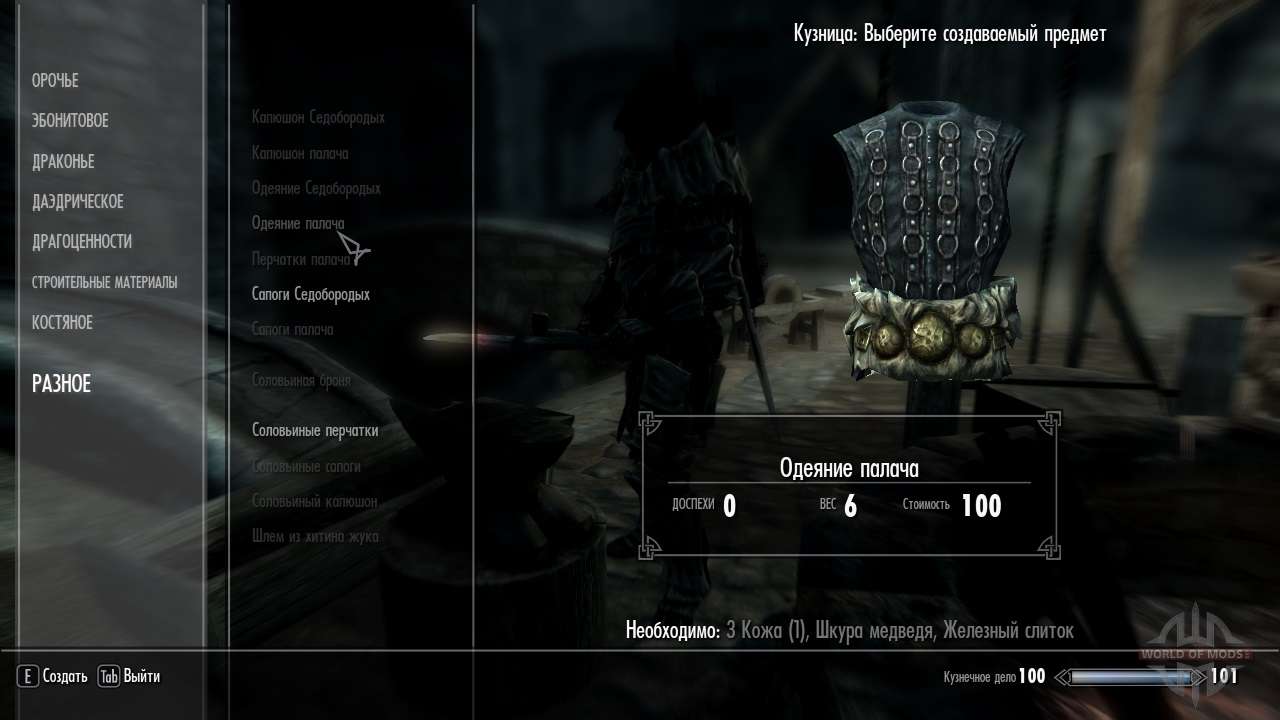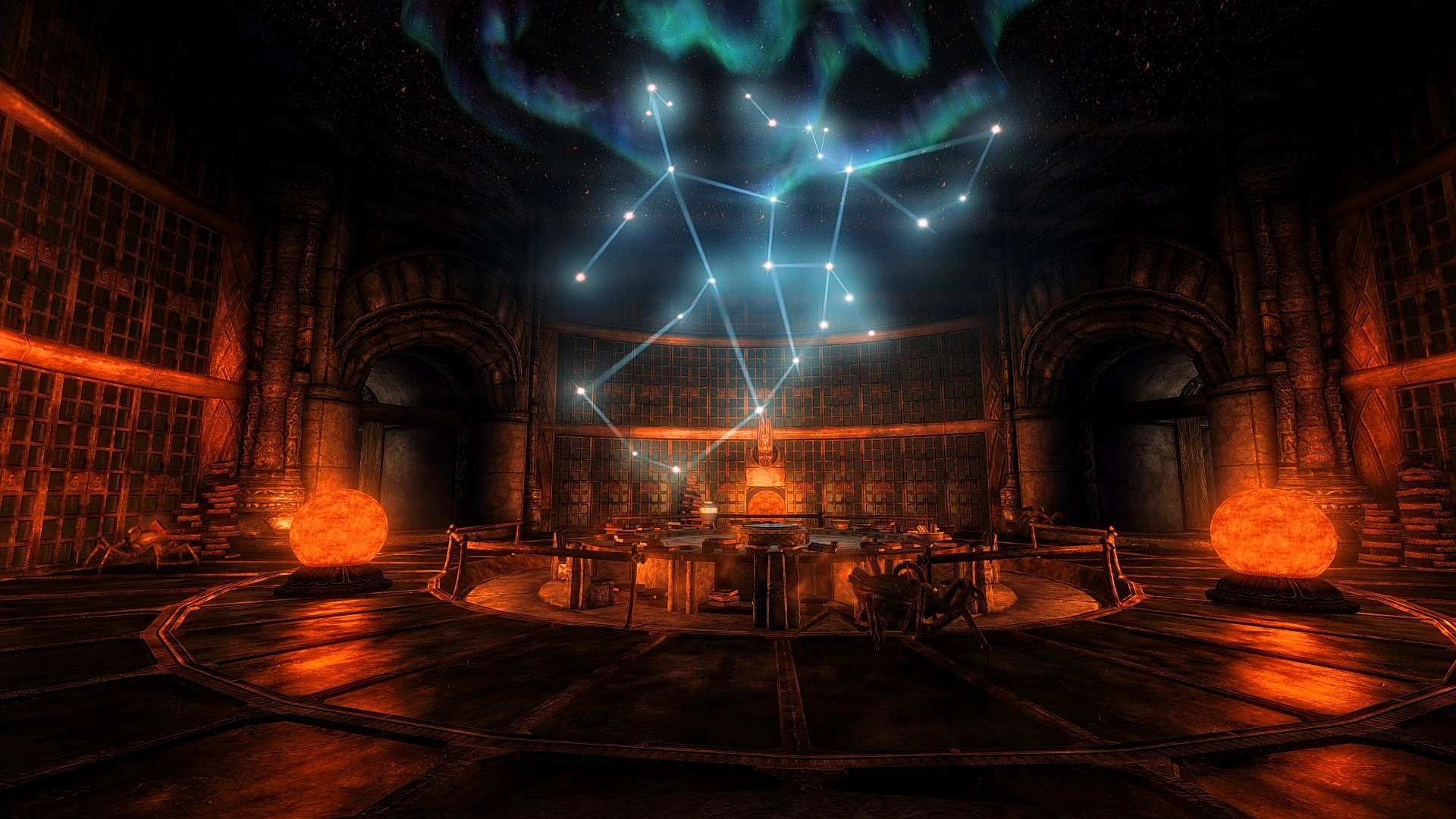Table of Contents


Skyrim Project Aho Repository Codes. Additional information Anything that could help track down this problem, other software used, screenshots, etc. Tere liye bro imdb. Ever since it went on air, bindass’ series Tere Liye Bro has been giving its viewers some serious friendship goals. Project AHO Library depository any more codes. Posted by 3 years ago. Edit: I will revise this post title to 'Retiring From Skyrim Modding'. These positive comments are really making me think about maybe coming back to mod for Starfield and/or TES VI. I really appreciate all the kind words after spending so much time. Project AHO - secret code puzzle PC SSE - Discussion Currently away from my PC (so I don't have the names but hopefully you understand what I'm on about) but I'm in my first play through of Project AHO and it's an amazing mod.
- Mouse
- Keyboard

Mouse
General Buttons
| Name | Description |
|---|---|
| LButton | The left mouse button when used with Send, but the primary mouse button when used with hotkeys. In other words, if the user has swapped the buttons via system settings, LButton:: is physically activated by clicking the right mouse button, but Send {LButton} performs the same as physically clicking the left button. To always perform a logical left click, use Click Left or Send {Click Left}. |
| RButton | The right mouse button when used with Send, but the secondary mouse button when used with hotkeys. In other words, if the user has swapped the buttons via system settings, RButton:: is physically activated by clicking the left mouse button, but Send {RButton} performs the same as physically clicking the right button. To always perform a logical right click, use Click Right or Send {Click Right}. |
| MButton | Middle or wheel mouse button |
Advanced Buttons
| Name | Description |
|---|---|
| XButton1 | 4th mouse button. Typically performs the same function as Browser_Back. |
| XButton2 | 5th mouse button. Typically performs the same function as Browser_Forward. |
Wheel
| Name | Description |
|---|---|
| WheelDown | Turn the wheel downward (toward you). |
| WheelUp | Turn the wheel upward (away from you). |
| WheelLeft WheelRight | [v1.0.48+]: Scroll to the left or right. Requires Windows Vista or later. These can be used as hotkeys with some (but not all) mice which have a second wheel or support tilting the wheel to either side. In some cases, software bundled with the mouse must instead be used to control this feature. Regardless of the particular mouse, Send and Click can be used to scroll horizontally in programs which support it. |
Keyboard
Note: The names of the letter and number keys are the same as that single letter or digit. For example: b is B and 5 is 5.
Skyrim Project Aho Repository Codes Pc
Although any single character can be used as a key name, its meaning (scan code or virtual keycode) depends on the current keyboard layout. Additionally, some special characters may need to be escaped or enclosed in braces, depending on the context. [v1.1.27+]: The letters a-z or A-Z can be used to refer to the corresponding virtual keycodes (usually vk41-vk5A) even if they are not included in the current keyboard layout.
General Keys
| Name | Description |
|---|---|
| CapsLock | CapsLock (caps lock key) Note: Windows IME may interfere with the detection and functionality of CapsLock; see CapsLock and IME for details. |
| Space | Space (space bar) |
| Tab | Tab (tabulator key) |
| Enter | Enter |
| Return | Deprecated: Use the synonym Enter instead to reduce ambiguity. |
| Escape (or Esc) | Esc |
| Backspace (or BS) | Backspace |
Cursor Control Keys
| Name | Description |
|---|---|
| ScrollLock | ScrollLock (scroll lock key). While Ctrl is held down, ScrollLock produces the key code of CtrlBreak, but can be differentiated from Pause by scan code. |
| Delete (or Del) | Del |
| Insert (or Ins) | Ins |
| Home | Home |
| End | End |
| PgUp | PgUp (page up key) |
| PgDn | PgDn (page down key) |
| Up | ↑ (up arrow key) |
| Down | ↓ (down arrow key) |
| Left | ← (left arrow key) |
| Right | → (right arrow key) |
Numpad Keys
Due to system behavior, the following keys separated by a slash are identified differently depending on whether NumLock is ON or OFF. If NumLock is OFF but Shift is pressed, the system temporarily releases Shift and acts as though NumLock is ON.
| Name | Description |
|---|---|
| Numpad0 / NumpadIns | 0 / Ins |
| Numpad1 / NumpadEnd | 1 / End |
| Numpad2 / NumpadDown | 2 / ↓ |
| Numpad3 / NumpadPgDn | 3 / PgDn |
| Numpad4 / NumpadLeft | 4 / ← |
| Numpad5 / NumpadClear | 5 / typically does nothing |
| Numpad6 / NumpadRight | 6 / → |
| Numpad7 / NumpadHome | 7 / Home |
| Numpad8 / NumpadUp | 8 / ↑ |
| Numpad9 / NumpadPgUp | 9 / PgUp |
| NumpadDot / NumpadDel | . / Del |
| NumLock | NumLock (number lock key). While Ctrl is held down, NumLock produces the key code of Pause, so use ^Pause in hotkeys instead of ^NumLock. |
| NumpadDiv | / (division) |
| NumpadMult | * (multiplication) |
| NumpadAdd | + (addition) |
| NumpadSub | - (subtraction) |
| NumpadEnter | Enter |
Function Keys
| Name | Description |
|---|---|
| F1 - F24 | The 12 or more function keys at the top of most keyboards. |
Modifier Keys
| Name | Description |
|---|---|
| LWin | Left Win. Corresponds to the <# hotkey prefix. |
| RWin | Right Win. Corresponds to the Note: Unlike Ctrl/Alt/Shift, there is no generic/neutral 'Win' key because the OS does not support it. However, hotkeys with the |
| Control (or Ctrl) | Ctrl. As a hotkey (Control::) it fires upon release unless it has the tilde prefix. Corresponds to the ^ hotkey prefix. |
| Alt | Alt. As a hotkey (Alt::) it fires upon release unless it has the tilde prefix. Corresponds to the ! hotkey prefix. |
| Shift | Shift. As a hotkey (Shift::) it fires upon release unless it has the tilde prefix. Corresponds to the + hotkey prefix. |
| LControl (or LCtrl) | Left Ctrl. Corresponds to the <^ hotkey prefix. |
| RControl (or RCtrl) | Right Ctrl. Corresponds to the >^ hotkey prefix. |
| LShift | Left Shift. Corresponds to the <+ hotkey prefix. |
| RShift | Right Shift. Corresponds to the >+ hotkey prefix. |
| LAlt | Left Alt. Corresponds to the <! hotkey prefix. |
| RAlt | Right Alt. Corresponds to the Note: If your keyboard layout has AltGr instead of RAlt, you can probably use it as a hotkey prefix via |
Multimedia Keys
The function assigned to each of the keys listed below can be overridden by modifying the Windows registry. This table shows the default function of each key on most versions of Windows.
Project AHO - Secret Code Puzzle : Skyrimmods
| Name | Description |
|---|---|
| Browser_Back | Back |
| Browser_Forward | Forward |
| Browser_Refresh | Refresh |
| Browser_Stop | Stop |
| Browser_Search | Search |
| Browser_Favorites | Favorites |
| Browser_Home | Homepage |
| Volume_Mute | Mute the volume |
| Volume_Down | Lower the volume |
| Volume_Up | Increase the volume |
| Media_Next | Next Track |
| Media_Prev | Previous Track |
| Media_Stop | Stop |
| Media_Play_Pause | Play/Pause |
| Launch_Mail | Launch default e-mail program |
| Launch_Media | Launch default media player |
| Launch_App1 | Launch My Computer |
| Launch_App2 | Launch Calculator |
Other Keys
| Name | Description |
|---|---|
| AppsKey | Menu. This is the key that invokes the right-click context menu. |
| PrintScreen | PrtSc (print screen key) |
| CtrlBreak | Ctrl+Pause or Ctrl+ScrollLock |
| Pause | Pause or Ctrl+NumLock. While Ctrl is held down, Pause produces the key code of CtrlBreak and NumLock produces Pause, so use ^CtrlBreak in hotkeys instead of ^Pause. |
| Break | Deprecated: Use the synonym Pause instead. |
| Help | Help. This probably doesn't exist on most keyboards. It's usually not the same as F1. |
| Sleep | Sleep. Note that the sleep key on some keyboards might not work with this. |
| SCnnn | Specify for nnn the scan code of a key. Recognizes unusual keys not mentioned above. See Special Keys for details. |
| VKnn | Specify for nn the hexadecimal virtual key code of a key. This rarely-used method also prevents certain types of hotkeys from requiring the keyboard hook. For example, the following hotkey does not use the keyboard hook, but as a side-effect it is triggered by pressing eitherHome or NumpadHome: Known limitation: VK hotkeys that are forced to use the keyboard hook, such as Warning: Only Send, GetKeyName(), GetKeyVK(), GetKeySC() and #MenuMaskKey support combining VKnn and SCnnn. [v1.1.27+]: The presence of an invalid suffix prevents VKnn from being recognized. For example, |

Joystick
Joy1 through Joy32: The buttons of the joystick. To help determine the button numbers for your joystick, use this test script. Note that hotkey prefix symbols such as ^ (control) and + (shift) are not supported (though GetKeyState() can be used as a substitute). Also note that the pressing of joystick buttons always 'passes through' to the active window if that window is designed to detect the pressing of joystick buttons.
Although the following Joystick control names cannot be used as hotkeys, they can be used with GetKeyState():
- JoyX, JoyY, and JoyZ: The X (horizontal), Y (vertical), and Z (altitude/depth) axes of the joystick.
- JoyR: The rudder or 4th axis of the joystick.
- JoyU and JoyV: The 5th and 6th axes of the joystick.
- JoyPOV: The point-of-view (hat) control.
- JoyName: The name of the joystick or its driver.
- JoyButtons: The number of buttons supported by the joystick (not always accurate).
- JoyAxes: The number of axes supported by the joystick.
- JoyInfo: Provides a string consisting of zero or more of the following letters to indicate the joystick's capabilities: Z (has Z axis), R (has R axis), U (has U axis), V (has V axis), P (has POV control), D (the POV control has a limited number of discrete/distinct settings), C (the POV control is continuous/fine). Example string: ZRUVPD
Multiple Joysticks: If the computer has more than one joystick and you want to use one beyond the first, include the joystick number (max 16) in front of the control name. For example, 2joy1 is the second joystick's first button.
Note: If you have trouble getting a script to recognize your joystick, one person reported needing to specify a joystick number other than 1 even though only a single joystick was present. It is unclear how this situation arises or whether it is normal, but experimenting with the joystick number in the joystick test script can help determine if this applies to your system.
See Also:
- Joystick remapping: Methods of sending keystrokes and mouse clicks with a joystick.
- Joystick-To-Mouse script: Using a joystick as a mouse.
Skyrim Project Aho Repository Codes 2020
Hand-held Remote Controls
Respond to signals from hand-held remote controls via the WinLIRC client script.
Special Keys
If your keyboard or mouse has a key not listed above, you might still be able to make it a hotkey by using the following steps:
- Ensure that at least one script is running that is using the keyboard hook. You can tell if a script has the keyboard hook by opening its main window and selecting 'View->Key history' from the menu bar.
- Double-click that script's tray icon to open its main window.
- Press one of the 'mystery keys' on your keyboard.
- Select the menu item 'View->Key history'
- Scroll down to the bottom of the page. Somewhere near the bottom are the key-down and key-up events for your key. NOTE: Some keys do not generate events and thus will not be visible here. If this is the case, you cannot directly make that particular key a hotkey because your keyboard driver or hardware handles it at a level too low for AutoHotkey to access. For possible solutions, see further below.
- If your key is detectable, make a note of the 3-digit hexadecimal value in the second column of the list (e.g. 159).
- To define this key as a hotkey, follow this example:
Reverse direction: To remap some other key to become a 'mystery key', follow this example:

Alternate solutions: If your key or mouse button is not detectable by the Key History screen, one of the following might help:
Reconfigure the software that came with your mouse or keyboard (sometimes accessible in the Control Panel or Start Menu) to have the 'mystery key' send some other keystroke. Such a keystroke can then be defined as a hotkey in a script. For example, if you configure a mystery key to send Ctrl+F1, you can then indirectly make that key as a hotkey by using
^F1::in a script.Try AHKHID. You can also try searching the forum for a keywords like
RawInput*,USB HIDorAHKHID.The following is a last resort and generally should be attempted only in desperation. This is because the chance of success is low and it may cause unwanted side-effects that are difficult to undo:
Disable or remove any extra software that came with your keyboard or mouse or change its driver to a more standard one such as the one built into the OS. This assumes there is such a driver for your particular keyboard or mouse and that you can live without the features provided by its custom driver and software.
CapsLock and IME
Some configurations of Windows IME (such as Japanese input with English keyboard) use CapsLock to toggle between modes. In such cases, CapsLock is suppressed by the IME and cannot be detected by AutoHotkey. However, the Alt+CapsLock, Ctrl+CapsLock and Shift+CapsLock shortcuts can be disabled with a workaround. Specifically, send a key-up to modify the state of the IME, but prevent any other effects by signalling the keyboard hook to suppress the event. The following function can be used for this purpose:
Skyrim Project Aho Repository Codes Map
After copying the function into a script or saving it as SendSuppressedKeyUp.ahk in a function library, it can be used as follows: